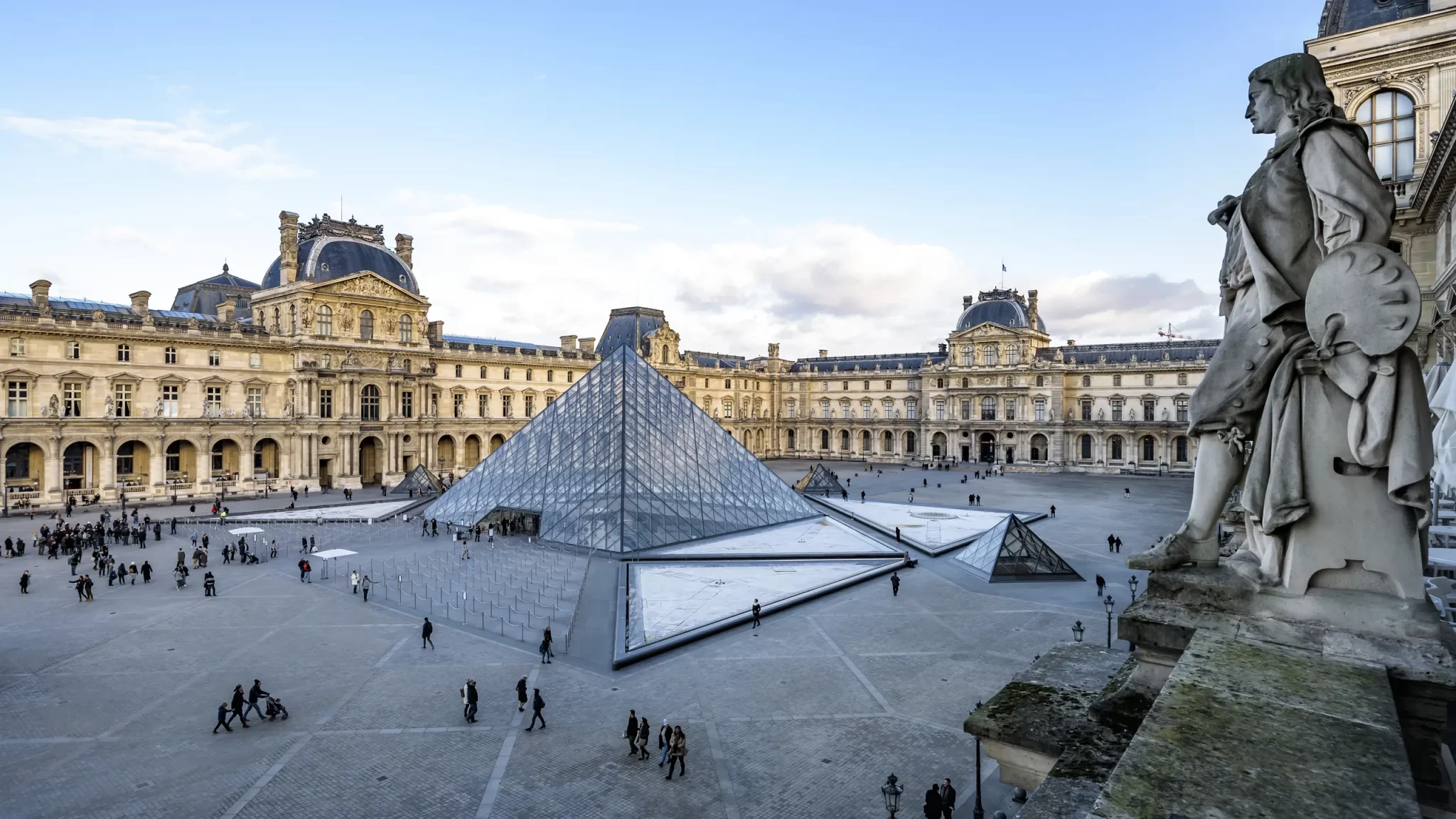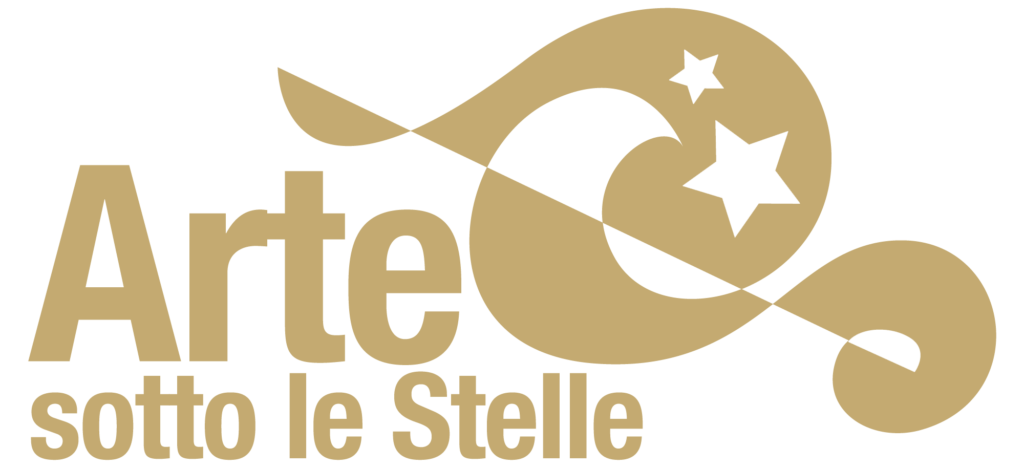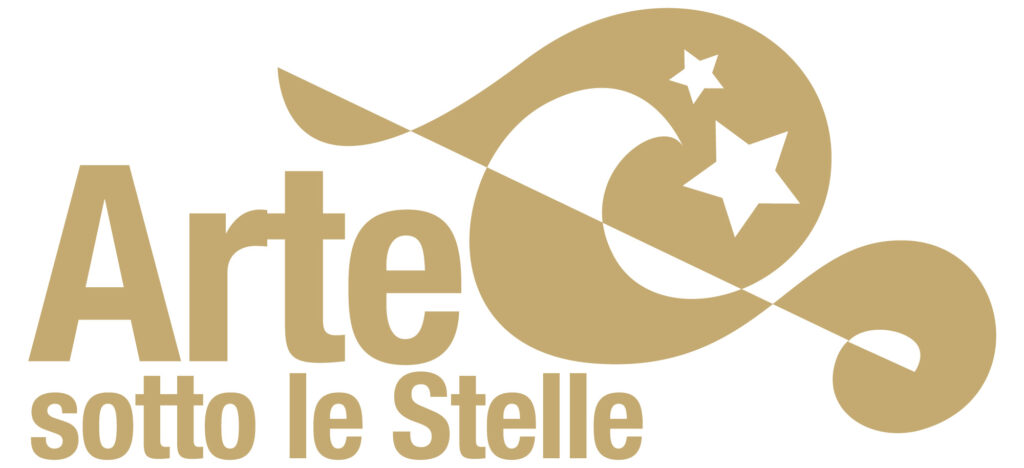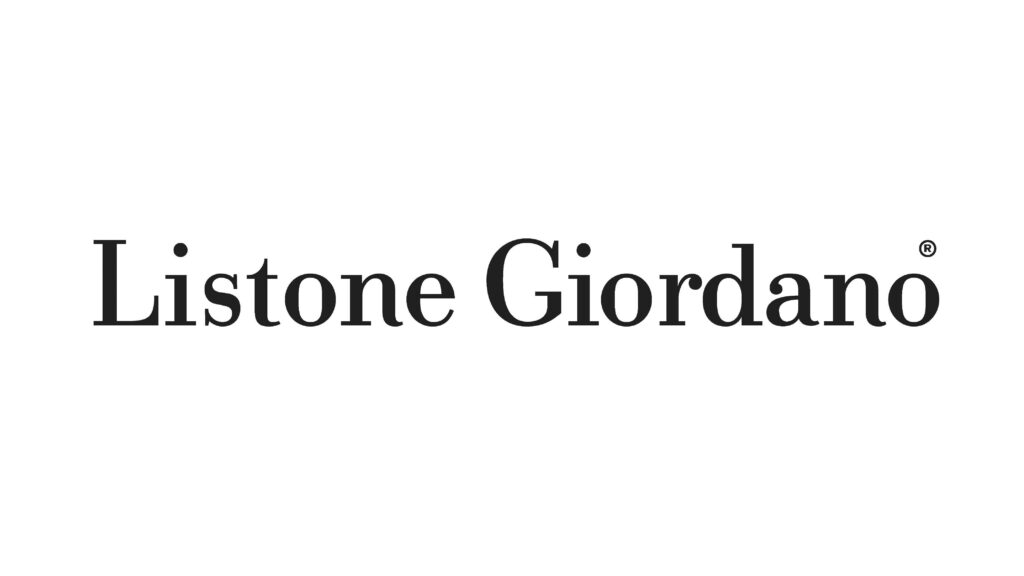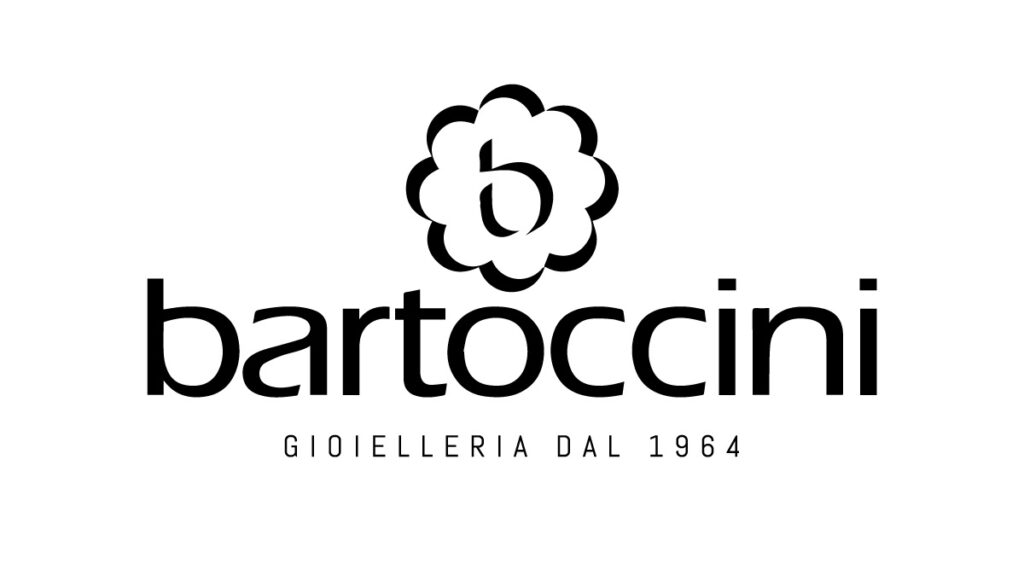Musée du Louvre – Paris
The structure that houses the Musée du Louvre in Paris has ancient origins, closely linked to the French royal history: the first fortress was in fact built at the behest of the Capetian King of France Philip Augustus in the twelfth century, who wanted a fortress with a moat and circular towers.
With the urban expansion of Paris, the castle lost its original defensive function, and in 1578, at the behest of Francis I of Valois, the fortress was transformed into a royal residence: the renovation was entrusted to the architect Pierre Lescot and the sculptor Jean Goujon, who transformed the fortification into a Renaissance-style palace, where the classical architectural elements harmonized with the large windows and high roofs typical in France during the sixteenth century.
The palace was then inhabited over the centuries by the various kings of France; in 1564, at the behest of Catherine de’ Medici, wife of King Henry II of Valois, also the Tuileries palace was built, connected to the main palace by a large monumental corridor, the Grand Galerie. Over time, the palace was renovated and expanded to designs by the best architects of the various eras.
The original nucleus of the art collections coincides with the collection of Francis I (1515-47), who among the many Italian paintings also bought the Mona Lisa; the collections were further increased by the royals who succeeded him.
In 1793, during the French Revolution, the palace was transformed into a museum, called the Musée Français, public and open to citizens at the behest of Robespierre.
Charles Claude Flahaut de La Billarderie, the last royal superintendent, had the ingenious intuition of bringing together in the Grande Galerie the royal collections, which were divided between the different residences of Louis XVI until that moment, displaying them according to rational and coherent principles. The aim was to give great importance to the educational role of the museum: each work was accompanied by a tag indicating the title and the author, and it was also possible to make use of an expert’s guide, as well as to buy the catalogue of the collections for a low fee.
The museum was soon enriched with great European masterpieces, many of which were requisites in the nations occupied by the French army during the Napoleonic period. Named Musée Napoleon in 1802, it acquired the name Louvre at the beginning of the 20th century.
In 1871, the Tuileries burned down and the restored Louvre Palace assumed its present appearance; in 1989, the famous Ming Pei Glass Pyramid was added to the square in front of it.
With over 400,000 works, the museum’s large permanent collection is divided into various chronological and thematic sections, grouped into nine departments: Decorative Arts; Egyptian Antiquities; Greek, Roman and Etruscan Antiquities; Near Eastern Antiquities; Islamic Art, Paintings; Prints and Drawings; Sculptures and Architectural Views.
